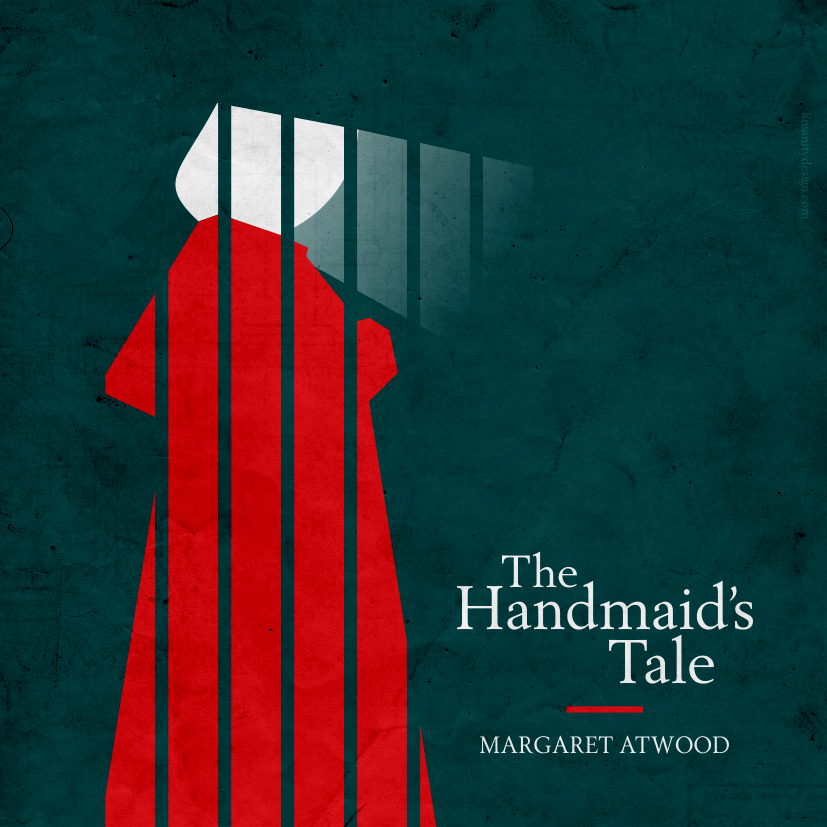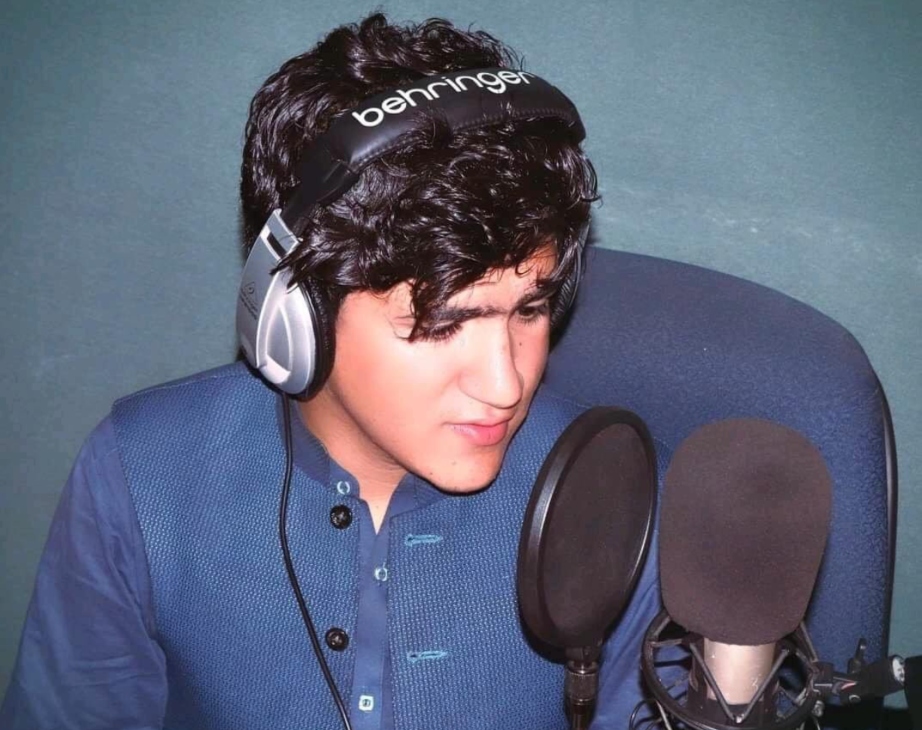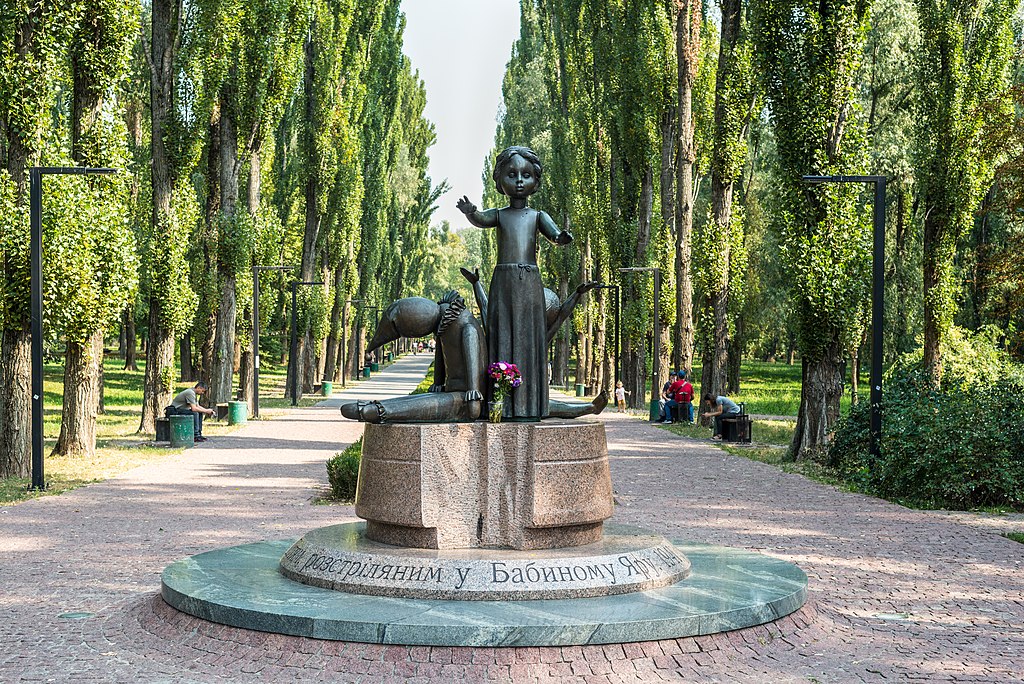The latest issue of Index on Censorship magazine carries this compelling interview with Jytte Klausen. She is a Danish academic at Brandeis University in the United States and the author of the first scholarly account of the Danish cartoons crisis. The interview focused on the decision by her publisher, Yale University Press, not to publish images of the cartoons themselves in her book.
Index on Censorship did not publish the cartoons during the original controversy four years ago. Should we do so this time? I believed it was my responsibility to refer the matter to the board of trustees. In any charity, it is the board that bears fiduciary and legal responsibility and has a duty of care to staff, and stakeholders, such as publishers and printers.
The board met on 27 October. After a detailed discussion, it decided reluctantly to recommend that the images not be published. One member of the board, Kenan Malik, who was unable to attend the board meeting, subsequently took issue with the decision. In response, and in keeping with Index’s commitment to free expression, the chairman, Jonathan Dimbleby, and other trustees agreed to publish the reasons for their decision, and to publish Malik’s dissenting view alongside.
John Kampfner, chief executive
Read Index chair Jonathan Dimbleby on the decision not to publish the cartoons here
Read Index board member Kenan Malik’s view of the decision here
See No Evil
Jytte Klausen talks to Index on Censorship about her new book on the Danish cartoons crisis and discusses why it was published without any illustrations
Jytte Klausen’s book The Cartoons That Shook the World (published by Yale University Press) is the first scholarly examination of the notorious controversy that erupted in 2006. Klausen is a respected scholar: she won the Carnegie Scholars Award for her research on Muslims in Europe and is professor of comparative politics at Brandeis University in the US. Three years ago, she set out to unravel the genesis of the debacle and to analyse the cartoons and their impact. Last summer, several months before publication,
Yale University Press unexpectedly took the decision not to publish the cartoons in her book. After reading Klausen’s manuscript in the spring, the director of the press, John Donatich, was ambivalent about republishing the cartoons: on grounds of taste, offence and the possibility that it might reignite the conflict. He also noted that the cartoons were available for readers to see online. He consulted Yale University who assembled an advisory panel of diplomats, academics and US and UK counter-terrorism officials who advised that there was a strong chance of violence breaking out if the cartoons were published. Klausen was told that she could only read the gagging order. Not only were the cartoons removed from the book, but historic illustrations of Mohammed that Klausen had wanted to include to illustrate her thesis were also omitted. When the story leaked to the American press last summer, Yale was widely criticised for undermining academic freedom. Christopher Hitchens described it as “the latest and perhaps the worst episode in the steady surrender to religious extremism”. In a statement, Yale University Press defended its decision with reference to the expert panel’s advice “that there existed a substantial likelihood of violence that might take the lives of innocent victims”. John Donatich took full responsibility for the final decision, but there have been concerns at the university’s intervention in the press’s independence.
Index on Censorship: Was there any discussion about the cartoons at the time of signing the contract for the book three years ago? Or any anticipation that there might be a difficulty about publishing them?
Jytte Klausen: I warned the press and the commissioning editor Jonathan Brent that I intended to include the cartoons. He was extremely supportive of that and wanted the page [in the book]. We had some discussions about how it was going to be done and I insisted that it had to be put in as part of a set of documentation.
My idea was not to engage the provocation of: “Do I now dare to print these bad pictures or not?” That would never be my purpose. My purpose was to get the whole page from the newspaper as it was reprinted that day.
There have been many misunderstandings and often the online versions of the cartoons have incorrect translations of the captions. In the book, and it was written with this purpose, I ask the reader to put on different glasses and look at the images and analyse them from the vantage point of the different arguments that were made against and for the cartoons at the time. What would a Danish reader see? What did the cartoonist intend to show? Why would a secular Muslim say they were Islamaphobic? Why would a religious Muslim say they were blasphemous? These are all different readings of the meaning of the cartoons and I wanted my readers to look at how no illustrations, and no caricature, is read in the absence of context. And I do describe some of them actually as anti-Semitic in a classical European style.
Index: What impact therefore do you think it’s going to have for your reader to buy your book without the pictures inside it?
Jytte Klausen: I have been reluctant to answer that question until recently because I thought I needed more distance, but the loss to my reader is definitely there. In American terms, the free speech provision under the First Amendment protects the rights both of the person who is doing the communication and also the listener, or the reader as it may be, and in this case I would argue that there is a significant loss to the reader.
Index: Were there any other discussions of it at any other point before you had this meeting in the summer of 2009 with Yale?
Jytte Klausen: Yes, there were other discussions. There were four academic reviewers of the book and they were at one point asked if the cartoons page should be included. I was asked to write a memo describing my purposes for this, where I described why they were instructional and why the argument that looking them up on the internet didn’t suffice, because the internet distorted the presentation of the cartoons. The instructional purpose was to teach the reader to go back and forth between my text and looking at the images. The academic reviewers all recommended that they must be included.
Index: Why was that review set up at that point?
Jytte Klausen: An academic review is something all academic presses do. The press went back a second time and asked the four reviewers about the inclusion of the illustrations, which they all did. I assume the press wanted the recommendation on the record.
Index: At what point did that happen?
Jytte Klausen: In the early spring. Often reviewers remain anonymous, but in this case the reviewers have all made themselves known to me. Academic review is a lengthy process. When you sign a contract it doesn’t actually obligate the press to publish your book. When you turn in the manuscript you have to go through a full academic review process, plus there’s a publications committee consisting of Yale faculty. The Yale University Press’s publication committee accepted the book and wrote into its notes that it should be published with the illustrations — including the page with the cartoons. And the press went to an outside foundation called the Littauer Foundation and obtained funding for subsidy for the extra cost of producing the illustrations for the book.
Index: So nobody at this point was standing in the way of the re-publication of the cartoons?
Jytte Klausen: No.
Index: So when did you discover that this separate consultation had taken place?
Jytte Klausen: I discovered that when John Donatich, the director of the press, invited me to a cup of coffee in a hotel in Boston on 23 July.
Index: What was put to you at this meeting?
Jytte Klausen: At the meeting, Linda Lorimer [vice president of Yale University] told me she had consulted with security experts and she mentioned some of the names. Some of these names have subsequently become public so I can tell them to you now. There was John Negroponte the director of National Intelligence under the last Bush Administration, as well as Fareed Zakaria [of Newsweek], a trustee of Yale.
After we haggled over this for two hours, John Donatich and I made an agreement that we would remove [the cartoons], and I asked him who makes the final decision on this? Linda Lorimer put her finger to her own chest and said, “We do,” meaning the president’s office [of Yale University]. And then John and I agreed that we would either write a joint statement inserted in the front of the book, or a separate statement. It would just be a couple of lines alerting the readers to the fact that the page had been removed. I would say why I regretted this, but had agreed, and he would say why the university press had felt compelled to do it.
It was not just the cartoons [that I wanted to include] but a facsimile of the newspaper page as it was published that day on 30 September 2005. I was not reprinting each individual cartoon, because I don’t have the rights to do that. And I didn’t want to do that anyway because the purpose was what it looked like [on] that day. It’s a very important difference. The cartoons were printed around the margin of an essay, and the headline of the essay was “Mohammed’s Ansigt” which means the face of Mohammed. The headline signalled very clearly what the editorial line on this was — that it was a cartoon editorial, it was a provocation. This has been discussed: was it a provocation? What was it? It was! They deliberately wanted to break a taboo and that’s why it was printed.
But some of the cartoonists did not actually agree with the newspaper, so in my discussion of each of the cartoons, I point out what the problem was with some of the cartoons and how one cartoon in particular, because of the way it was removed from the general context, came to symbolise all of [the cartoons]. But in fact some of the cartoonists were very critical of the newspaper’s editors. It was not a uniform message and I describe that in the book. So that was another reason for my desire to have the page there.
Index: Can you remember what your initial response was when they first put it to you that they wanted to remove the cartoons?
Jytte Klausen: I said that they were wrong-headed, they misread the conflict. It was Orwellian because they were citing my own statistics and my own book against me. Linda Lorimer turned to the back of the book where there is a chronology of events and she said: “Here you write everything that has happened and look, here is your table that shows that the cartoons caused over 200 deaths,” and later they cited my own statistics in their justification for why they removed the illustrations.
However, in my book I write very clearly these deaths were not caused by the cartoons, but were part of conflicts in pre-existing hot spots [such as] northern Nigeria, where there’s a civil war between Muslim salafists, sharia courts, trying to push out Christians. The whole point of the book is that the cartoon conflict has been misreported as an instance of where Muslims are confronted with bad pictures and spontaneous riots explode in anger. That is absolutely not the case. These images have been exploited by political groups in the pre-existing conflict over Islam. They have become not just a tool for extremism but also created a soap opera in the West about what Muslims “do” with respect to pictures. Similarly the cartoon episode also reinforced pre-existing prejudices about the things westerners do on the part of the broad Muslim middle class. So that’s the point of the book.
So therefore it was Orwellian to have my own book cited as evidence that the cartoons themselves are dangerous. I travelled all over the Middle East with a folder made up by a Danish imam group that reproduces the cartoons written up in Arabic. I used it in all of my interviews as a prop, because I wanted to find out how important the cartoon folder had been in shaping people’s opinions. I went to Azerbaijan with it, to Cairo with it, to Turkey with it. I took it with me on all of my interviews with people everywhere. From that experience I learned that you need to look at the images to elicit the different meaning attributed to them.
Index: Did you ever think that violence might be a problem? Or that Yale might have any kind of case?
Jytte Klausen: My problem, and my concern, has always been to fall into the same trap that the cartoon crisis created. In other words that the whole conflict turns into the “not to print” or “to print” craziness and that’s a provocation that is not hospitable to debate. So when we launched the book I always had an agreement with the press that we would never detach the illustrations from the context of the book. They would never be posted, they would never be removed from the book itself. And the book should not be a symbolic issue. So it’s highly ironic that by this act of censorship on the part of Yale, they have turned my book into another chapter of this fruitless debate — and have in fact made it a symbolic issue.
It now poses a problem for me when I go out and talk. Should I show the illustrations or shouldn’t I? Because now there is already this heightened attention — it’s politicised outside of the context of what was, and still is, a reasoned academic debate that is in no way hostile to Muslims. You’ll see my book is an “equal opportunity” criticism of hysterical Danes and hysterical Muslims who made an issue of this.
Index: Did you put this argument to Yale?
Jytte Klausen: Yes, it made no difference. That was not their concern. You know there has not been a single security threat. There has not been a single angry email, fax, phone call from anybody Muslim. Yale University has not produced any threatening letters, I have not received any threatening letters, the press has not received any.
Index: Did you ever consider withdrawing the book?
Jytte Klausen: Yes, I did. I did talk to another publisher. But at that point in time it was not possible for me to move to another university press. I talked to a commercial publisher who declined to publish it because it was too academic.
Index: Were your preconceptions around the whole debacle significantly changed or do you think you proved what you set you to do?
Jytte Klausen: Well, this was an unusual project, it really was. It has been described as a detective story by some of the blurbers and it really was that. I was puzzled like everybody else and worried really about how, six months later after they were published, you get riots in the Middle East and elsewhere. So the book is a case study of how this international crisis developed, because it was an unusual crisis. I was surprised at what I discovered: the interim period between 30 September 2005 and then February 2006 when the riots broke out far away from Denmark was really a diplomatic interlude. I was surprised to the extent to which one can say that this was two crises on top of one. It was a serial diplomatic conflict resolution as well as a new instance of how modern media has the capacity to bypass government action and create society-to-society conflict.
Jytte Klausen was talking to Jo Glanville






